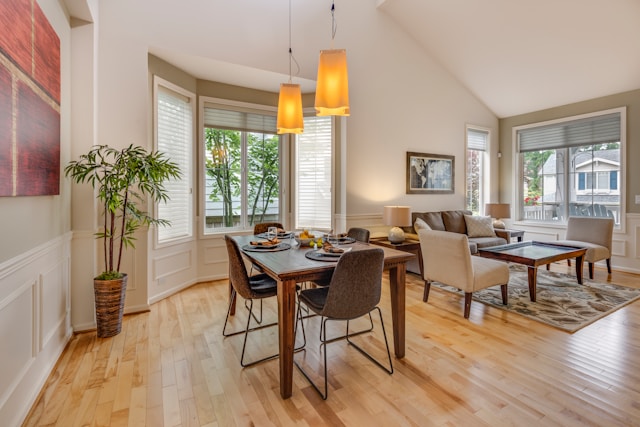Living with Attention Deficit Hyperactivity Disorder (ADHD) can present unique challenges, especially when it comes to maintaining a calm and organized environment. ADHD causes your mind to feel like it is jumping all over, leaving you feeling overwhelmed and disorganized—and your home becomes the same. Your brain chemistry is working against you, and your coping mechanisms may not be enough. With the right strategies, you can create a more serene and supportive environment. Here are ten realistic and practical tips to help create a calmer living space:
1. Regular Resets
Clutter can be overwhelming and distracting for individuals with ADHD. Establish a routine for resetting your living spaces, focusing on one area at a time. Use organizers, bins, or shelves to keep essential items easily accessible and minimize visual distractions. Don’t overreach, though—reset one or two areas at a time. Create a schedule to reset, such as: Kitchen and dining areas on Saturdays, bedroom and bath on Sundays, home office on Thursdays, etc.
2. Use Visual Reminders
Visual cues are crucial for staying organized. Utilize whiteboards, sticky notes, or digital reminders to jot down tasks, appointments, and deadlines. Place these reminders in prominent locations where you are likely to see them. We are big fans of labeling everything—when you don’t have to pull away from the task at hand to go look for something, you stay more focused.
3. Establish Daily Routines
Structure and predictability can provide a sense of stability. Establish daily routines for waking up, meals, work or study sessions, exercise, and bedtime. Consistency helps in managing time and reducing anxiety. Try to include self-care activities like exercise, meditation, or hobbies you enjoy—this can reduce stress and improve overall well-being.
4. Break Tasks into Manageable Steps
Large tasks can feel overwhelming. Break them down into smaller, more manageable steps with clear deadlines or checkpoints. Use a visual timer to “see” a chunk of time to work on a task. This approach can make tasks seem less daunting and improve productivity. Prioritize self-care by scheduling regular breaks to prevent burnout and maintain focus.
5. Limit Distractions
Identify what distracts you the most and find ways to minimize their impact. This may involve using noise-canceling headphones, setting boundaries with others, or choosing quieter places for tasks requiring focus. Consider creating a quiet “only you” space where you can retreat when needed.
6. Practice Mindfulness and Relaxation Techniques
Incorporate mindfulness exercises, deep breathing, or meditation into your daily routine. These practices can help manage stress levels, improve focus, and promote overall calmness.
7. Designate Specific Spaces
Create dedicated areas for different activities such as work, relaxation, and hobbies. Having distinct spaces helps to mentally prepare for different tasks and reduces the urge to multitask excessively.
8. Create a Sensory-Friendly Space
Sensory sensitivities are common in ADHD—pay attention to sensory triggers. Consider factors such as lighting, temperature, scents, and textures in your environment. Adjust these elements to create a comfortable and calming atmosphere.
9. Seek Support
Communicate your needs with family members, roommates, or colleagues. Educate them about ADHD and how they can support you in maintaining a calm environment. Reach out to support groups who understand your challenges with ADHD. Professional support such as therapy or coaching can also be beneficial. A professional organizer who understands ADHD can be a supportive partner in getting your home calmed and quieted.
10. Celebrate Progress
Recognize and celebrate your achievements, no matter how small. Positive reinforcement encourages continued effort and fosters a more positive outlook on managing ADHD challenges. Reward yourself for practicing self-care and managing ADHD effectively. Treat yourself to something you enjoy or take time for a relaxing activity—you deserve it!
Living with ADHD involves embracing strategies that support focus, organization, and well-being. By implementing these tips, you can create a calmer environment that enhances your ability to thrive both at home and in other aspects of your life. Your home is your oasis!

